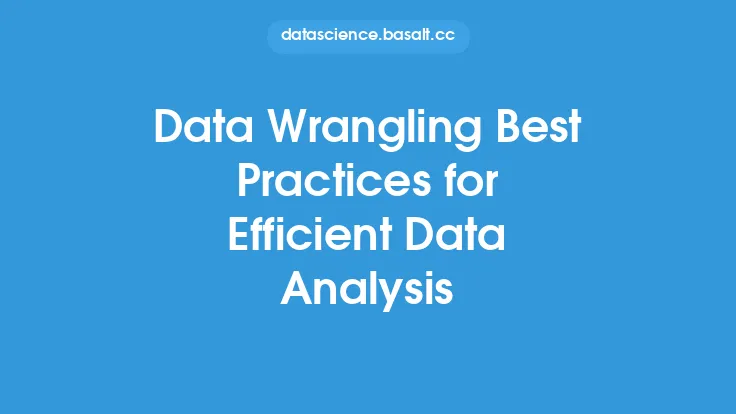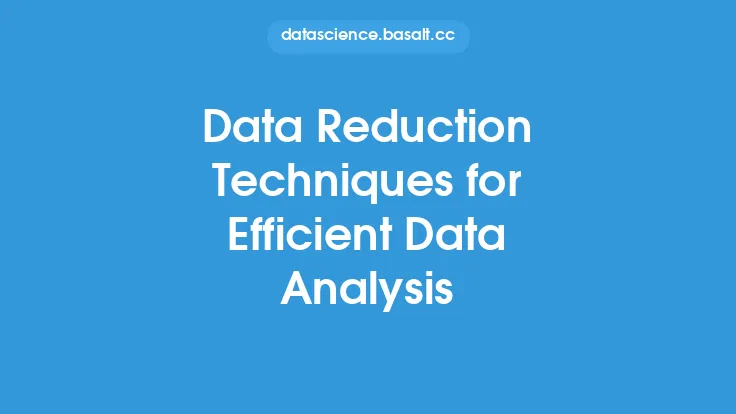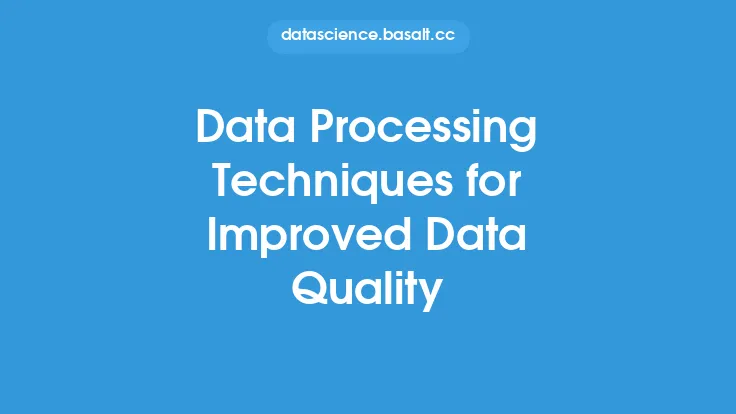When working with data, it's essential to ensure that the information is accurate, complete, and consistent. A data quality checklist is a valuable tool to help achieve this goal. A well-structured checklist can guide data analysts and scientists through the process of evaluating and improving the quality of their data. This, in turn, enables them to make informed decisions and draw reliable conclusions from their analysis.
Importance of Data Quality Checklists
Data quality checklists are crucial for several reasons. Firstly, they help identify errors, inconsistencies, and inaccuracies in the data, which can lead to incorrect analysis and conclusions. Secondly, they ensure that the data is complete and consistent, reducing the risk of biased or incomplete analysis. Finally, data quality checklists promote transparency and accountability, allowing data analysts to track and document their data quality control processes.
Key Components of a Data Quality Checklist
A comprehensive data quality checklist should include several key components. These may include checks for data accuracy, completeness, consistency, and validity. Additionally, the checklist should cover data formatting, data entry, and data storage procedures. It's also essential to include checks for data security and access controls to prevent unauthorized access or data breaches.
Creating a Data Quality Checklist
Creating a data quality checklist involves several steps. Firstly, identify the specific data quality issues that need to be addressed. Next, determine the scope of the checklist, including the types of data and systems involved. Then, develop a list of specific checks and tests to be performed, along with the criteria for evaluating data quality. Finally, review and update the checklist regularly to ensure it remains relevant and effective.
Implementing a Data Quality Checklist
Implementing a data quality checklist requires a structured approach. Start by assigning responsibility for data quality to a specific team or individual. Next, establish a schedule for regular data quality checks and reviews. Then, use the checklist to identify and document data quality issues, and develop a plan to address them. Finally, monitor and report on data quality metrics to track progress and identify areas for improvement.
Benefits of Using a Data Quality Checklist
Using a data quality checklist offers several benefits. Firstly, it helps ensure the accuracy and reliability of analysis and decision-making. Secondly, it reduces the risk of data-related errors and inconsistencies. Thirdly, it promotes transparency and accountability in data management and analysis. Finally, it enables data analysts and scientists to work more efficiently and effectively, by providing a clear and structured approach to data quality control.





